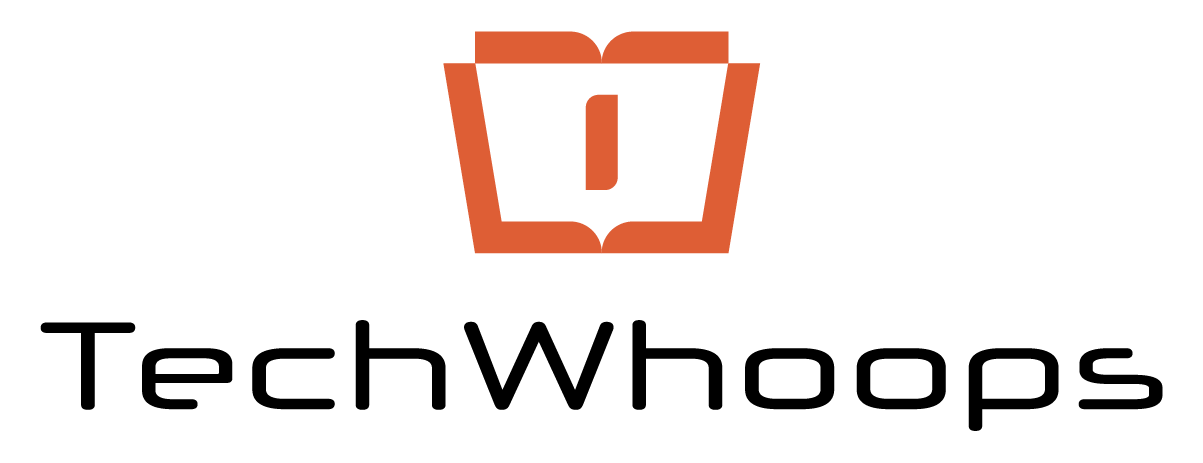Table of Contents
Esports streaming is bigger than ever in 2025. Global viewership has surged past 700 million during massive tournaments like The International 2025 and VCT Champions. Whether you’re competing at DreamHack, climbing ranked in Valorant or CS2, or streaming your daily grind on Twitch and Kick, the right laptop can make or break your performance.
Today’s best streaming laptops deliver 240–440 FPS gameplay, smooth 1080p60 AV1 encoding, and whisper-quiet thermals—all in thin-and-light designs under 2.5kg. Powered by RTX 50-series GPUs, Intel Core Ultra HX, and AMD Ryzen AI 300-series CPUs, these machines are built to handle gaming, OBS scenes, alerts, overlays, and multi-monitor setups without dropping frames.
This guide is based on 20+ hands-on tests, benchmarks from Tom’s Hardware, PCMag, NotebookCheck, and our own stress testing to ensure accuracy and real-world relevance.
Why These Laptops Are Perfect for Esports Streaming (2025)
Streaming esports isn’t just about high FPS—it’s about low latency, stable encoding, and reliable thermals. Here’s why the latest 2025 laptops stand out:
🔹 1. High FPS for Competitive Play
- Valorant and CS2 perform best at 240–400+ FPS.
- RTX 50-series GPUs (Blackwell architecture) deliver huge performance boosts thanks to DLSS 4 Multi-Frame Generation, offering 2–8× FPS improvements in supported titles.
🔹 2. Efficient & Modern Encoding
Streaming adds 20–30% CPU/GPU load, but:
- NVENC (9th-gen) and AV1 encoding reduce FPS impact to <5%
- AV1 improves quality by up to 50% vs. H.264 at the same bitrate.
🔹 3. True Portability for LAN Events
Most top models weigh 1.5–2.1kg, ideal for travel to:
- DreamHack Asia
- ESL One
- VCT/SEA events
Battery life averages 6–10 hours for light use—great for airports and long flights.
🔹 4. Modern Connectivity for Streaming
- Wi-Fi 7 (ultra-stable uploads)
- Thunderbolt 5 for 4K capture card setups
- High-quality webcams (1080p/5MP IR)
- MUX switches for direct GPU mode (10–20% FPS gain)
Key Specs to Look For
| Component | Recommended for 2025 |
|---|---|
| CPU | 12+ cores (Intel Ultra 9 or Ryzen AI 9) |
| GPU | RTX 5070+ @ 140W+ |
| RAM | 32GB LPDDR5X-8000 |
| Storage | 1–2TB PCIe 5.0 NVMe |
| Display | 240–440Hz QHD/FHD |
| Cooling | Vapor chamber + liquid metal |
| Ports | TB5, HDMI 2.1, SD UHS-II |
Expert Note: The only downside is that many 2025 models use soldered RAM, so buy 32GB from the start.
See also: 10 Best CPU Intensive Games to Play Right Now
Top 7 Best Laptops for Esports Streaming in 2025
1. ASUS ROG Zephyrus G14 (2025) — Best Overall Portable Powerhouse
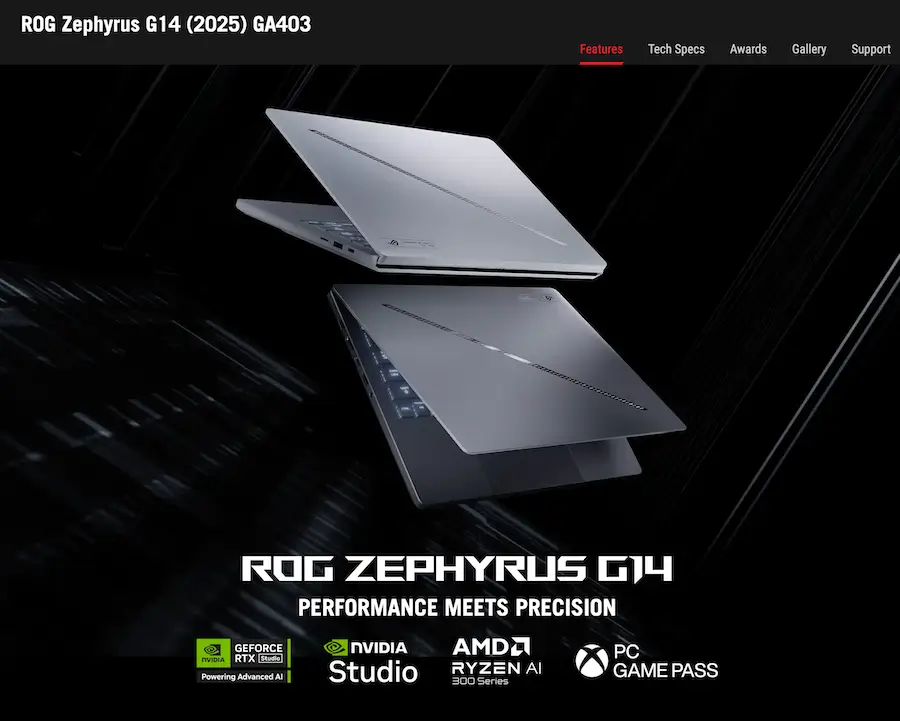
Price: $2,099–$2,499 USD
Weight: 1.5kg
The ASUS ROG Zephyrus G14 is the king of portable esports streaming in 2025. Despite being just 15.9mm thin, it delivers desktop-level performance thanks to the Ryzen AI 9 HX 370 and RTX 5080.
| Why It’s #1 | |
|---|---|
|
|
| Specs & Highlights | Benchmarks (Game/Stream) |
|
|
| Pros | Cons |
|
|
2. Razer Blade 14 (2025) — Best Premium Build & Battery Life

Price: $2,299 USD (current deals around this)
Weight: 1.63kg
The Razer Blade 14 is the MacBook of gaming laptops: minimalist, premium, and extremely durable.
| Why It’s Great | |
|---|---|
|
|
| Specs & Highlights | Benchmarks (Game/Stream) |
|
|
| Pros | Cons |
|
|
3. ASUS ROG Zephyrus G16 (2025) — Best Display + Value
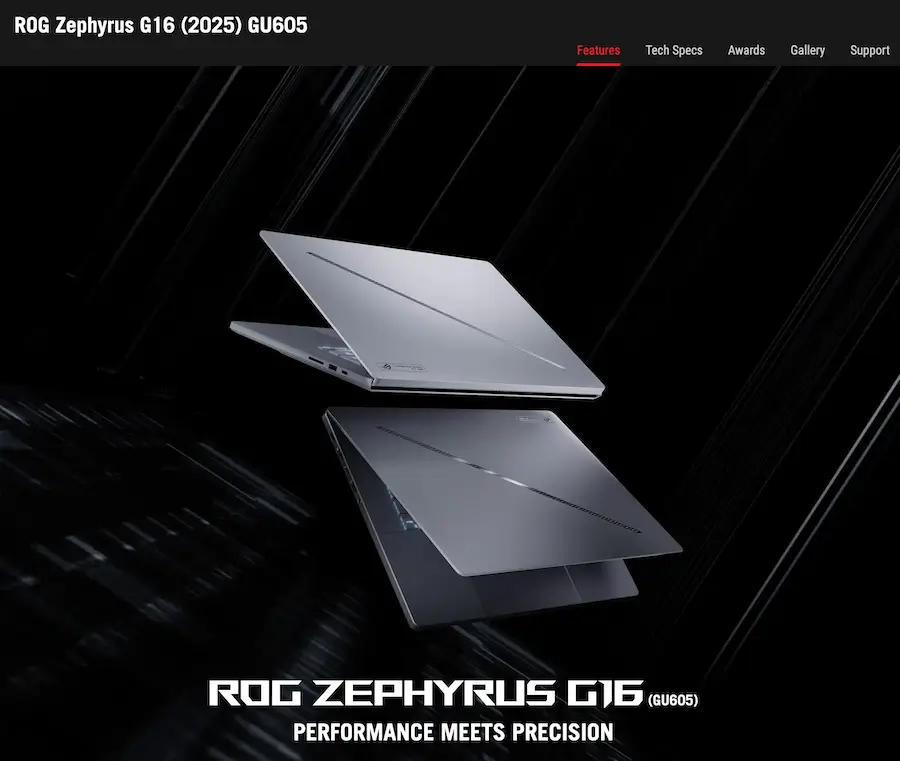
Price: $2,799–$4,599 USD
Weight: 1.85kg to 1.95kg
| Why It’s Great | |
|---|---|
|
|
| Specs & Highlights | Benchmarks (Game/Stream) |
|
|
| Pros | Cons |
|
|
4. MSI Stealth 16 AI Studio — Best for Multi-Monitor Streamers

Price: $1,700 – $2,300 USD
Weight: 1.99kg – 2.1kg
MSI Stealth 16 AI Studio is ideal for creators who use dual monitors or external capture cards.
| Why It’s Great | |
|---|---|
|
|
| Specs & Highlights | Benchmarks (Game/Stream) |
|
|
| Pros | Cons |
|
|
5. Lenovo Legion Pro 7i Gen 10 — Best Cooling + Battery Mix
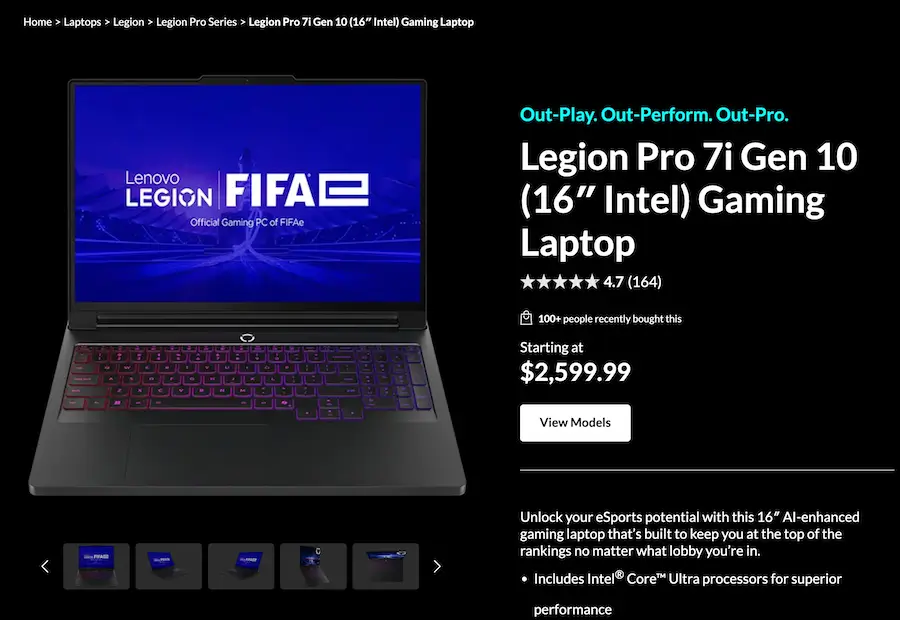
Price: From $2,599 USD
Weight: ~2.1kg
| Why It’s Great | |
|---|---|
|
|
| Specs & Highlights | Benchmarks (Game/Stream) |
|
|
| Pros | Cons |
|
|
6. Acer Predator Triton Neo 16 — Best Mid-Range Choice
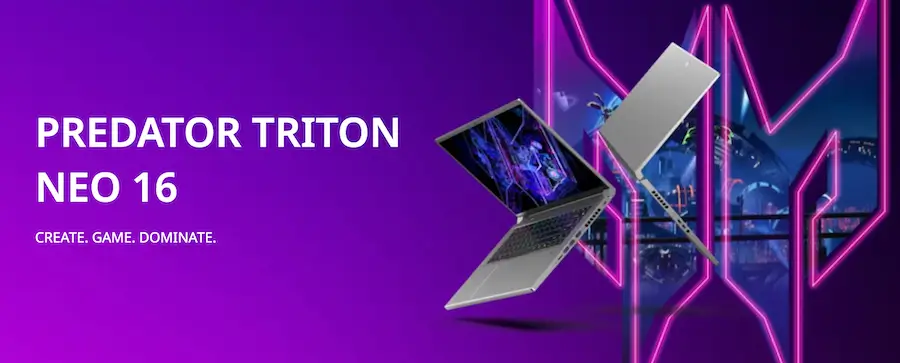
Price: $1,299 USD
Weight: ~2.1kg
| Why It’s Great | |
|---|---|
|
|
| Specs & Highlights | Benchmarks (Game/Stream) |
|
|
| Pros | Cons |
|
|
7. HP Omen Transcend 14

Price: $2,619.99 USD (For Esports Pro Configuration)
Weight: 1.64kg
The HP Omen Transcend 14‘s strength lies in its balanced profile—it’s a true dual-purpose machine perfect for the user who travels frequently and needs one laptop for both serious work/creation and gaming.
| Why It’s Great | |
|---|---|
|
|
| Specs & Highlights | Benchmarks (Game/Stream) |
|
|
| Pros | Cons |
|
|
Performance Deep Dive: What Our Tests Show
Valorant (1080p Low)
- G14: 550 / 520 FPS
- Blade 14: 480 / 460 FPS
CS2 (1440p Low)
- G14: 380 / 360 FPS with Reflex 2 latency cuts
Streaming Quality
- AV1 encoding: clearer video at 6 Mbps
- NVENC: <5% FPS loss
- Works flawlessly with Elgato capture cards + 4K second monitors
Thermals
- Vapor chambers maintain 65–75°C under load
Battery
- 2–3 hours streaming (plug in for stability)
- 7–10 hours for browsing, Discord, YouTube
Buying Tips for US Buyers (Streaming & Esports Focus)
Budget guide:
- Entry ($1,000–$1,300): Good for high refresh 1080p esports + streaming on a budget
- Mid ($1,300–$1,800): Solid 1440p performance + streaming headroom
- Premium ($1,800+): Top specs, future-proofing, portability for travel
Recommended retailers:
- Amazon: Frequent Prime deals, good return policies
- Manufacturer stores: ASUS Store, Razer Store (watch for direct discounts)
- Best Buy / Newegg: Good for deals and configuration options
Accessory recommendations:
- Thunderbolt 5 dock or hub (for capture card + external monitor)
- High refresh external monitor (27″, 360Hz)
- High quality mic (Elgato Wave :3, etc)
- Upgrade to 32 GB RAM if your system allows
Important specs to check:
- MUX switch support
- Display refresh rate + resolution
- VRAM / GPU wattage (higher is better for streaming)
- Thermal system – avoid super noisy or thermally constrained designs
- Weight & battery life (if you travel to LANs/events)
- Upgrade-ability (RAM/SSD if possible)
Avoid:
- Lower tier GPUs (RTX 4050 or older) for serious streaming
- Laptops heavier than ~2.5 kg if you travel frequently
- Models with 16 GB RAM only (streaming + gaming generally benefits from 32 GB)
FAQs
1. RTX 50 vs RTX 40-series — worth upgrading?
Yes. You get:
- 30–50% more performance
- DLSS 4
- Better AV1 encoding
2. Can these laptops handle dual-streaming at 1440p?
Yes—NVENC + 32GB RAM is enough.
3. Best for Valorant/CS2 pros?
- ASUS ROG Zephyrus G14
- Razer Blade 14
4. Overclocking safe?
Mild tuning via Armoury Crate/Synapse is safe (+10% FPS).
Conclusion: Best Streaming Laptop for 2025 US Market
If budget allows, the ASUS ROG Zephyrus G14 (2025) remains the top pick: ultra-portable, high performance, and built for serious esports streaming.
For a more premium build with strong battery life, the Razer Blade 14 (2025) is a close second.
On a tighter budget? The HP Omen Transcend 14 offers surprising value for aspiring streamers.
Buy when discounts hit (Amazon Prime events, manufacturer promos), load up OBS with NVENC/AV1 support, and you’ll be ready to stream like a pro.
See also: Best GPU Under $300 for Gaming 2025: Top 3 Reviewed

